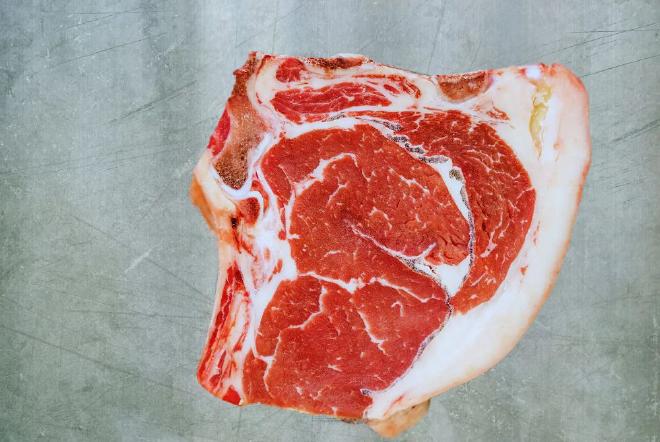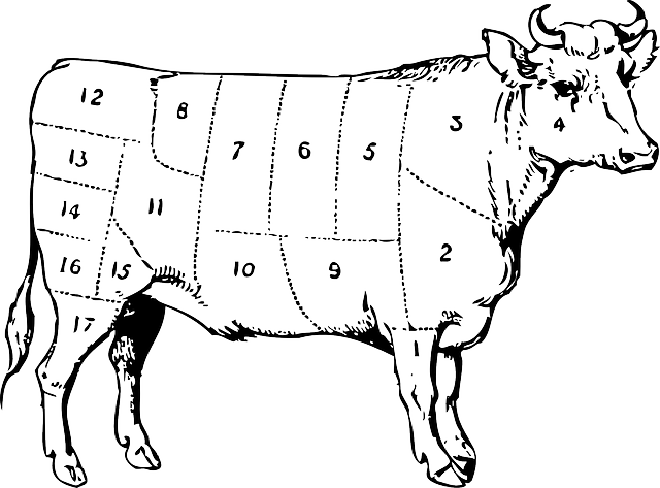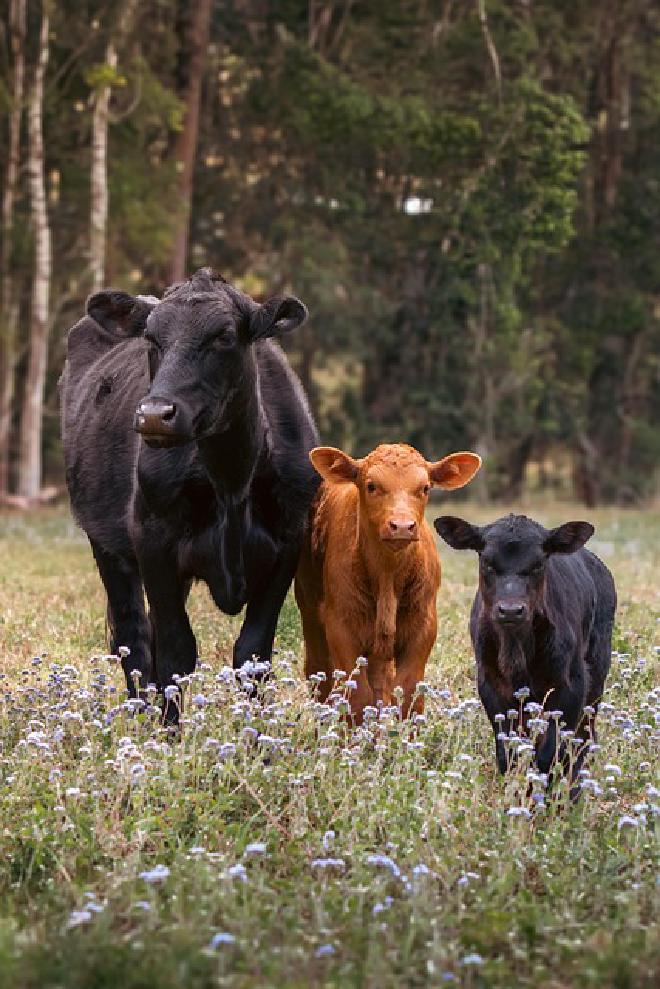

Intramuscular fat is one of the attributes that has won over international markets such as the United States, Europe, and Japan. According to Sebastián Cunzolo, a researcher at the Food Technology Institute of INTA Castelar, “marbling improves the tenderness, juiciness, and flavor of meat, aspects for which consumers are willing to pay a premium.” To boost Argentine meat exports, INTA specialists provide specific handling guidelines that add value.
For the INTA meat quality specialist, “in recent years, consumer preferences for meat in markets like the United States and Europe have changed. It’s no longer enough to offer a lean cut: today, what’s most valued is intramuscular fat. While at first glance it seems like a minor detail, it’s actually one of the factors that most influences the quality of meat and its final price.”

“To grow in demanding markets, Argentine producers must strive to differentiate themselves through quality,” Cunzolo emphasized, adding that “they can compete in the most demanding markets and access a premium segment of quality meats with marbling, preserved nutrients, and profiles tailored to demand, based on the information generated by INTA teams. Marbling is no longer just a trend; it’s an opportunity to add value from the field,” he concluded.
“To achieve this,” he acknowledged, “at INTA, we support this vision with science, data, and concrete tools. Because for the world to choose our meat, we first have to understand what consumers are looking for and how we can produce it efficiently, sustainably, and profitably.”
At this point, Cunzolo went a step further, asserting that, “cuts with a good level of marbling not only guarantee a better sensory experience, but when the production system is well managed, they can offer a balanced nutritional profile.” In this regard, he specified that “recent studies by INTA confirm that, through feeding practices, the content of beneficial fatty acids, such as omega-3 and monounsaturated fatty acids, can be improved.”

It’s even possible to improve intramuscular fat levels through concentrated diets fed post-weaning. “Animals fed intensively for 120 days achieved higher levels of marbling and improved carcass grading under U.S. quality standards, achieving a higher percentage of “Choice” cuts, preferred in the international market.”
Furthermore, Cunzolo pointed out, advances in genetics have made it possible to identify molecular markers associated with tenderness—such as calpastatin and calpains—tools that are now available to producers to improve their herds with selection geared toward meat quality.
Grass-fed vs. feedlot #
On the other hand, comparative studies between grass-fed and feedlot production systems showed differences in fatty acid profiles. “While feedlot production promotes greater intramuscular fat deposition, grass-fed beef tends to offer a higher content of omega-3 and CLA, compounds valued for their health benefits,” noted the INTA researcher.
“The key is finding the right balance: achieving an attractive level of marbling without losing the unique nutritional value of Argentine meats,” Cunzolo emphasized.
Science, at the service of production #
For those livestock producers who want to add value, Cunzolo recommended taking into account the main tools available related to feeding, management and genetics.
Along these lines, he recommended incorporating diets with post-weaning concentrates for 100-120 days, selecting animals with favorable genetics for tenderness and intramuscular fat deposition, and applying animal welfare and post-slaughter handling protocols to ensure the quality of the final product.
In addition, it is important to add ingredients such as protected seed oils like flaxseed to improve the fatty acid profile of meat and by-products, without affecting their technological or organoleptic properties.
- The article Carnes marmoladas, nutritivas y sabrosas, lo que buscan los mercados was published in the INTA’s news section
Contact [Notaspampeanas](mailto: notaspampeanas@gmail.com)

